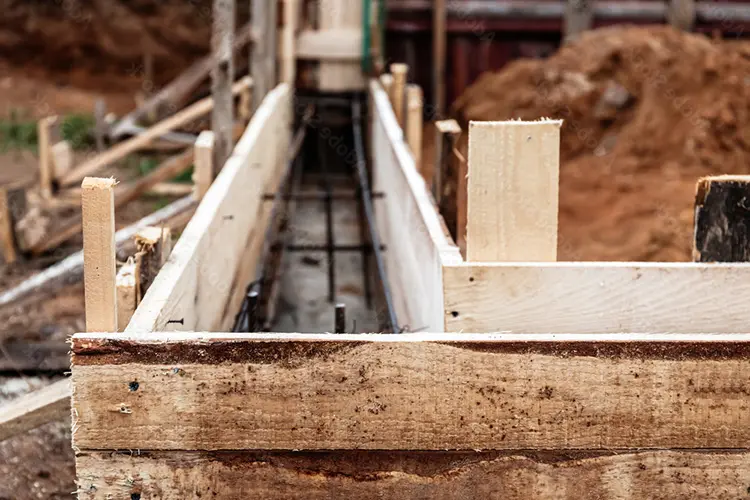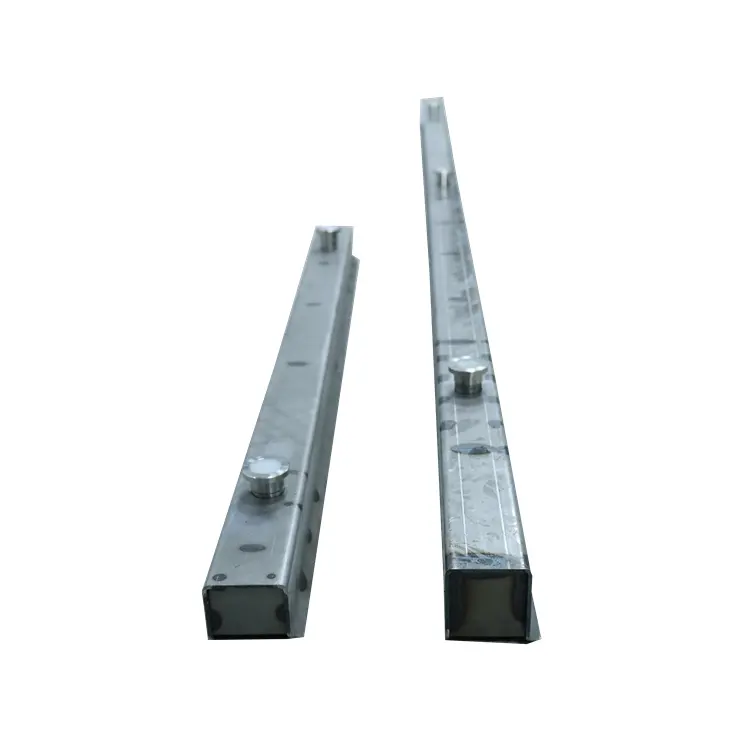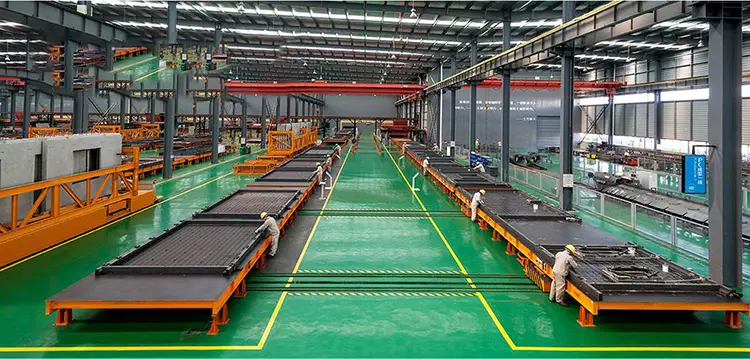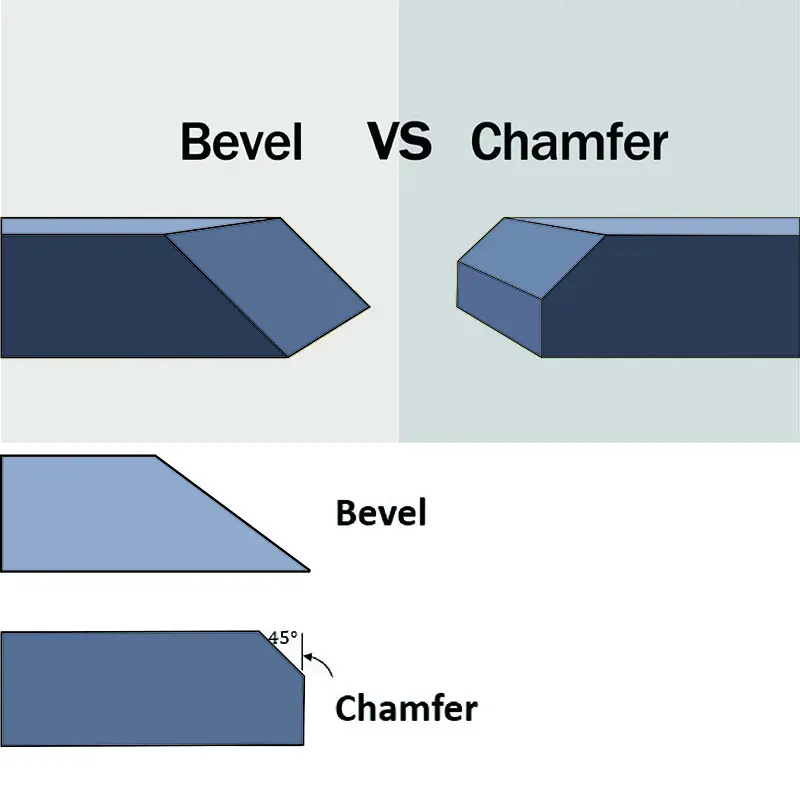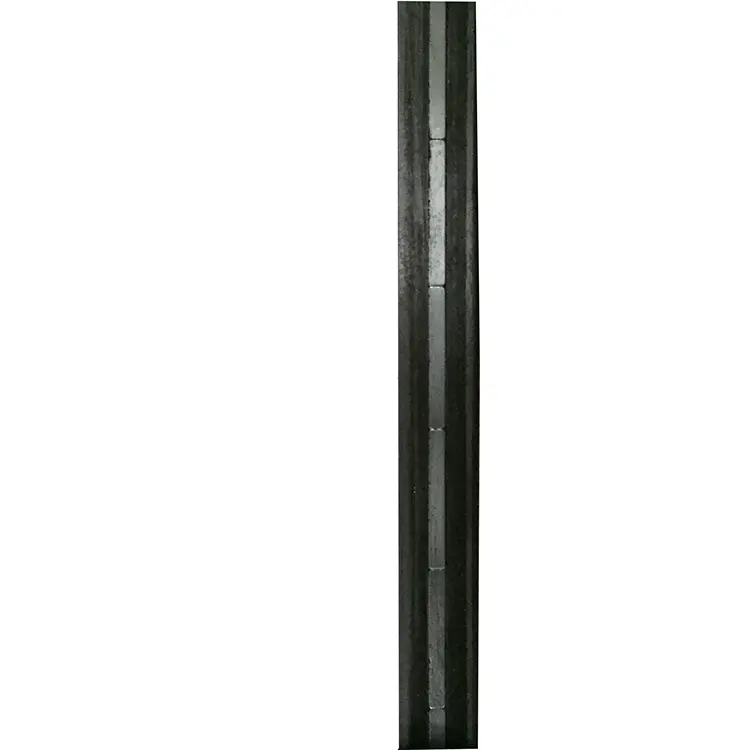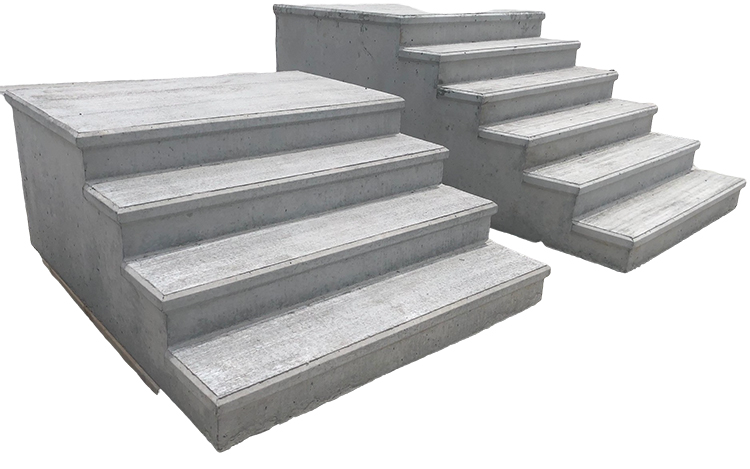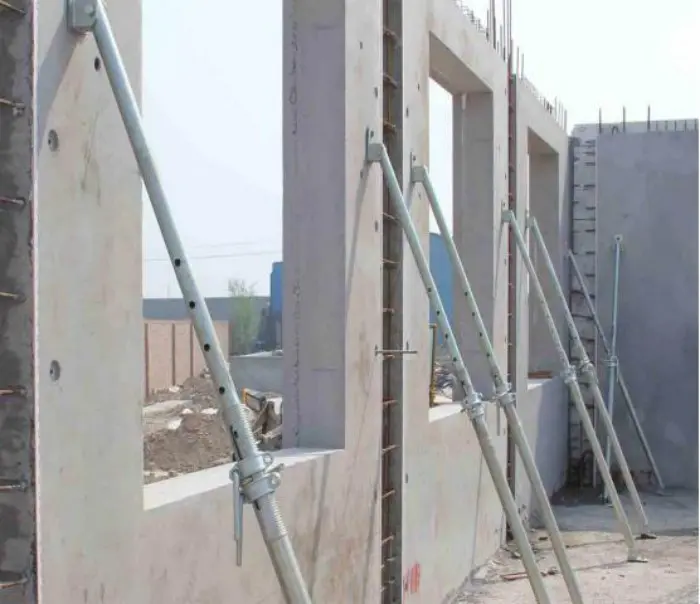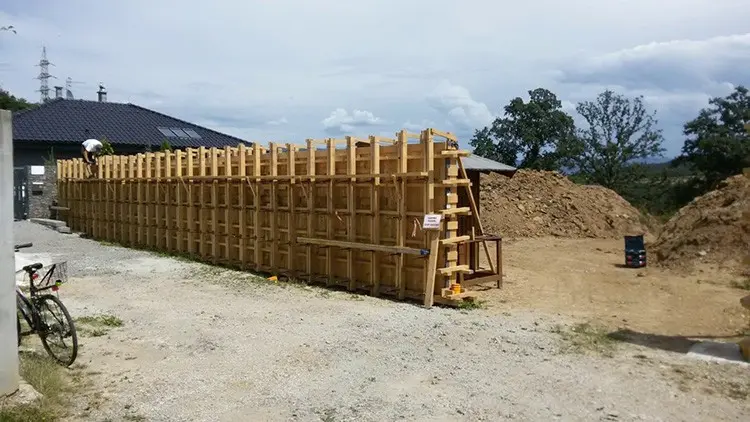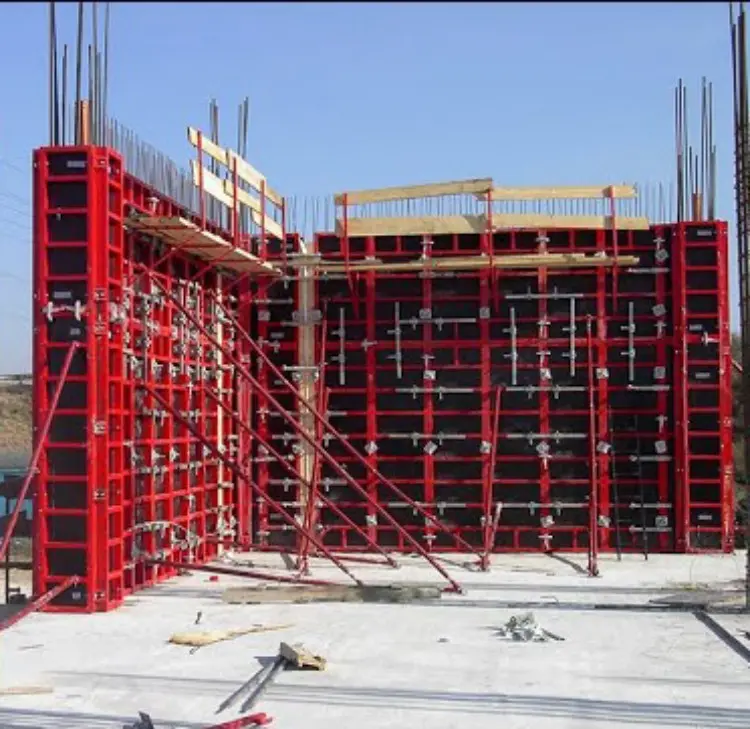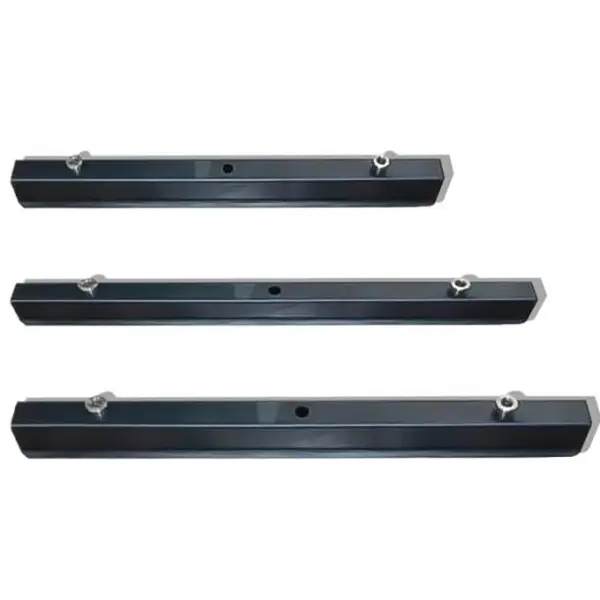Can precast concrete magnets be used in all types of construction projects?
Precast concrete magnets are versatile tools that can be used in a wide range of construction projects, but their effectiveness will vary depending on the specific requirements and conditions of each project. Here are some key points regarding their suitability in different building types:
Versatility in Different Building Types
Precast Concrete Applications
Precast concrete magnets are specifically designed for use in precast concrete applications including walls, beams, columns and slabs. They provide a secure hold during the pouring process, making them ideal for projects involving precast components.
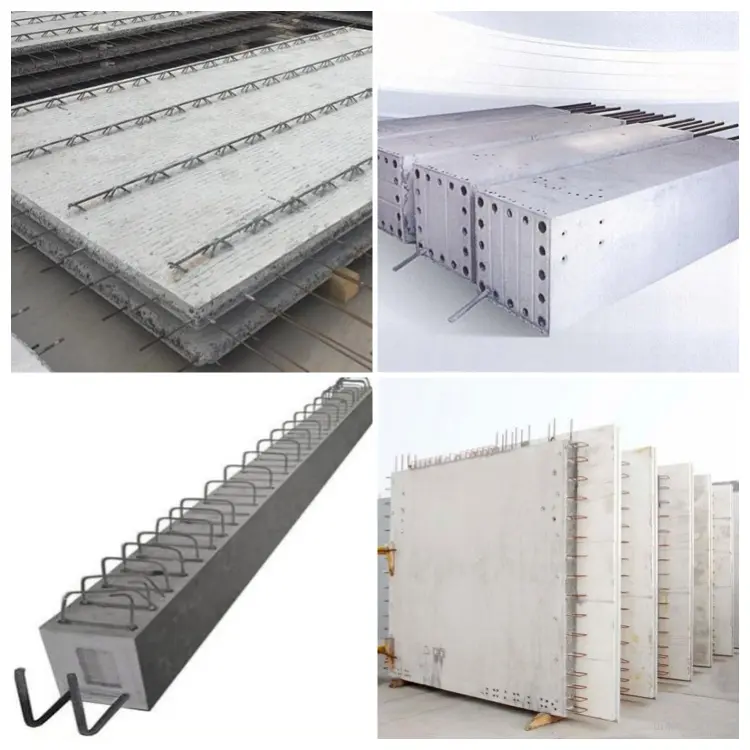
1.Precise fixation of molds
During the production of precast concrete components, the precise assembly of the molds is crucial to ensure that the components are of the required size and shape. By using a shuttering magnet, these metal forms can be quickly and accurately attached and fixed together. This not only improves the efficiency of mold assembly, but also ensures that the molds will not be displaced by vibration and other operations during concrete placement.
2.Reinforcement positioning and fixing
For precast concrete columns, especially in the case of dense reinforcement arrangement, magnets can help to fasten the vertical reinforcement and transverse tendons together to ensure that the tendons can be closely around the vertical reinforcement to form a solid reinforcement skeleton. This method can effectively improve the assembly speed and quality of the reinforcement skeleton and ensure the structural performance of precast concrete columns.
Infrastructure Projects
These magnets are particularly suitable for infrastructure projects such as bridges, tunnels and parking lots. They help to efficiently secure precast components such as beams and piers, speeding up project progress.
1.Quick assembly and disassembly
The powerful magnets allow for rapid assembly and disassembly of formwork, greatly reducing the time required for installation compared to traditional methods using screws or clamps. This speed is especially beneficial for large infrastructure projects where time efficiency is critical.
2.Load-bearing capacity
Precast concrete magnets can withstand enormous loads, and QCM's magnets can withstand loads of up to 3,000 kilograms. This load-bearing capacity is vital when dealing with the heavy precast elements typical of infrastructure construction, ensuring that the formwork remains stable under the weight of wet concrete.
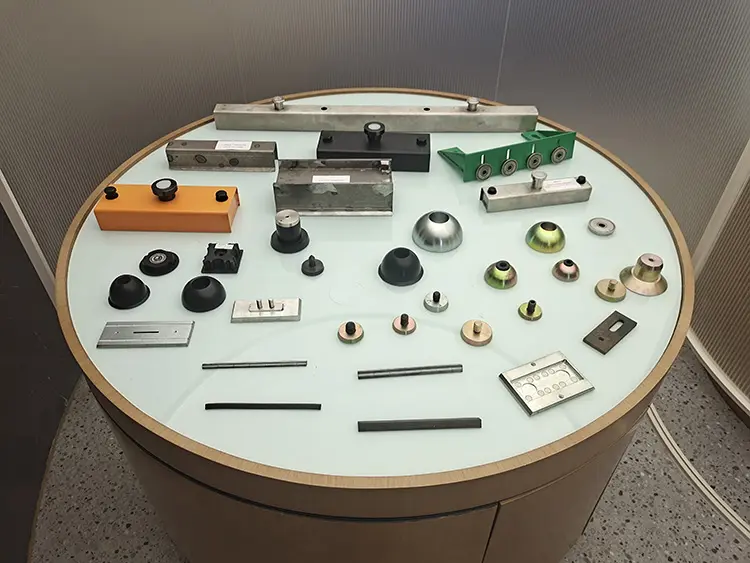
Modular and tilt-up construction
Flexible design adjustments
The magnetic system allows easy repositioning of the formwork. If design changes are needed or adjustments are required due to site conditions, workers can quickly reposition the formwork without significant downtime.
Applications in modular and tilt-up construction
Wall panels: In tilt-up construction, large wall panels are first cast horizontally on site and then lifted into position. Precast concrete magnets help hold the forms for these wall panels in place during the pouring process, ensuring they maintain their shape and alignment before curing.
Modular Units: For modular buildings, precast concrete magnets help assemble individual units that are manufactured off-site. The magnets ensure that the components of each unit are accurately aligned during assembly, which is critical to structural integrity.
COMPLEX SHAPES: Precast concrete magnets can be adapted to a wide range of formwork shapes and sizes, making them suitable for the complex architectural designs common in modern modular buildings.
Limitations and caveats
Not Universal
While precast concrete magnets perform well in specific applications, they may not be suitable for all construction methods. For example, traditional site-cast concrete techniques that rely on cast-in-place may not benefit from a magnet system as effectively as precast methods.
Load-bearing capacity
The effectiveness of precast concrete magnets depends on their load-bearing capacity. It is critical to select magnets that can withstand the specific weights involved in your project to avoid failure during the pouring process.
Environmental Conditions
The performance of these magnets can be affected by environmental factors such as temperature and humidity. Proper precautions should be taken to ensure that the magnets maintain their effectiveness under different conditions.
In conclusion, precast concrete magnets can be used in a wide range of construction projects, especially those involving precast components and infrastructure. However, project specifications and environmental conditions must be carefully considered to ensure optimum performance and safety.

